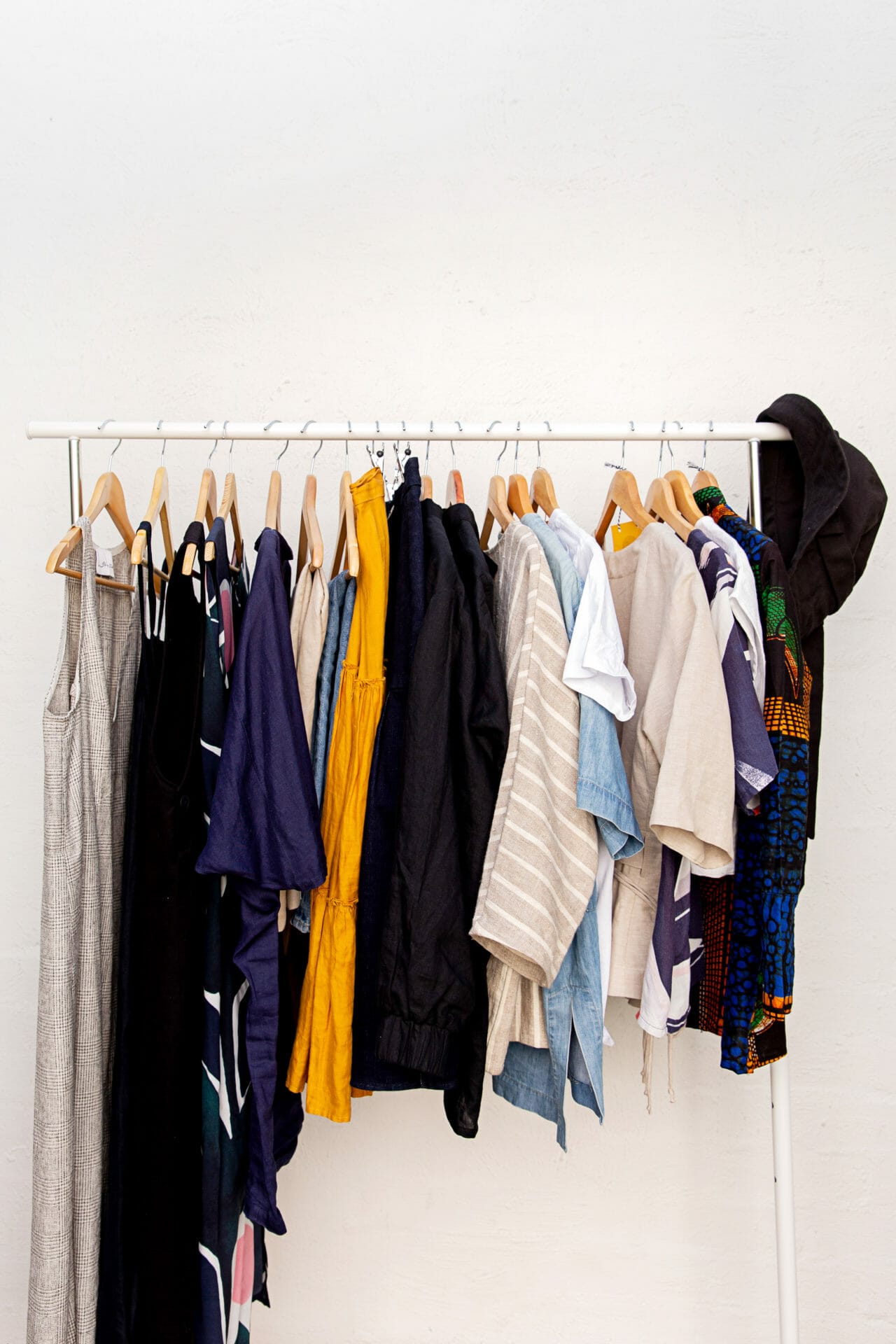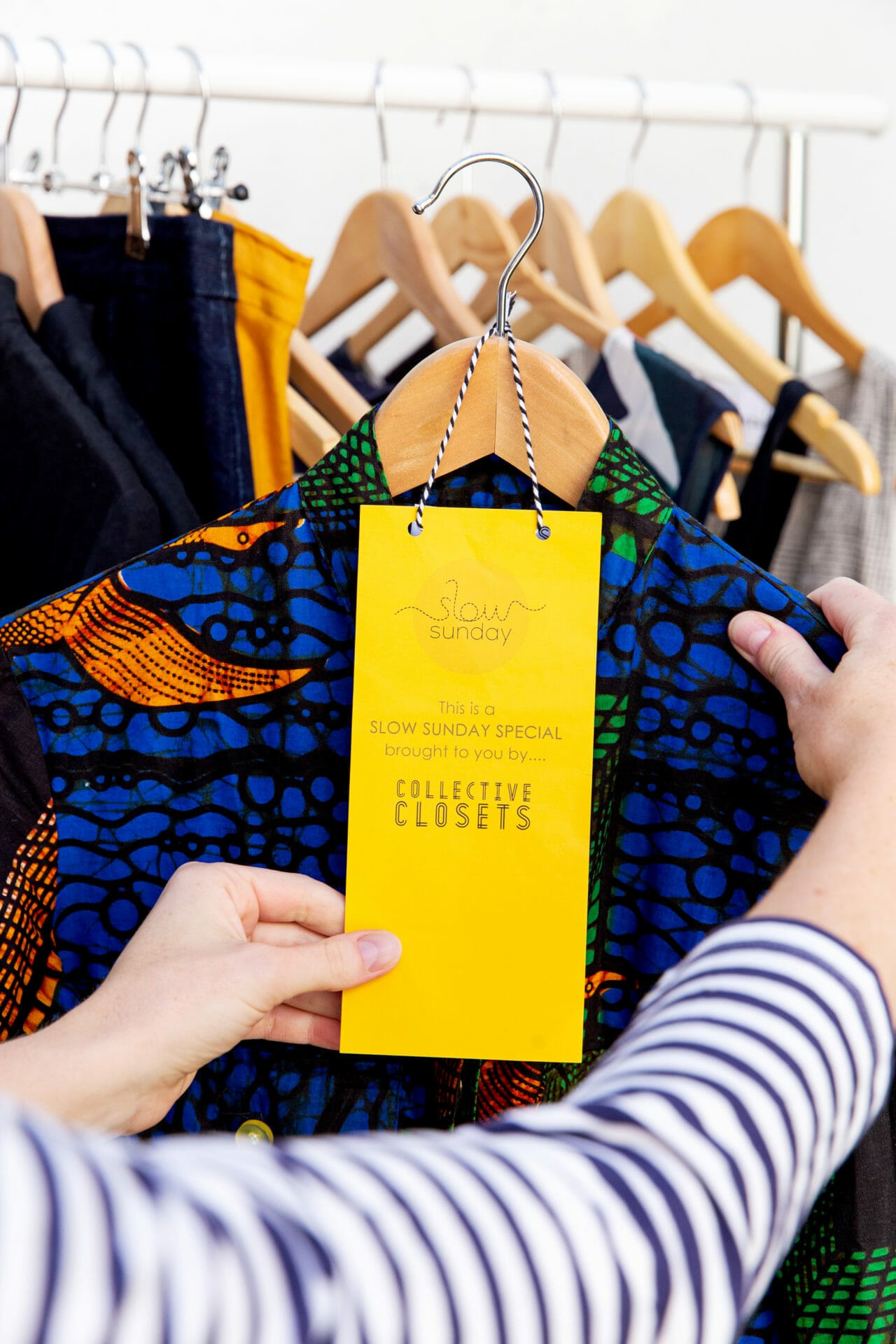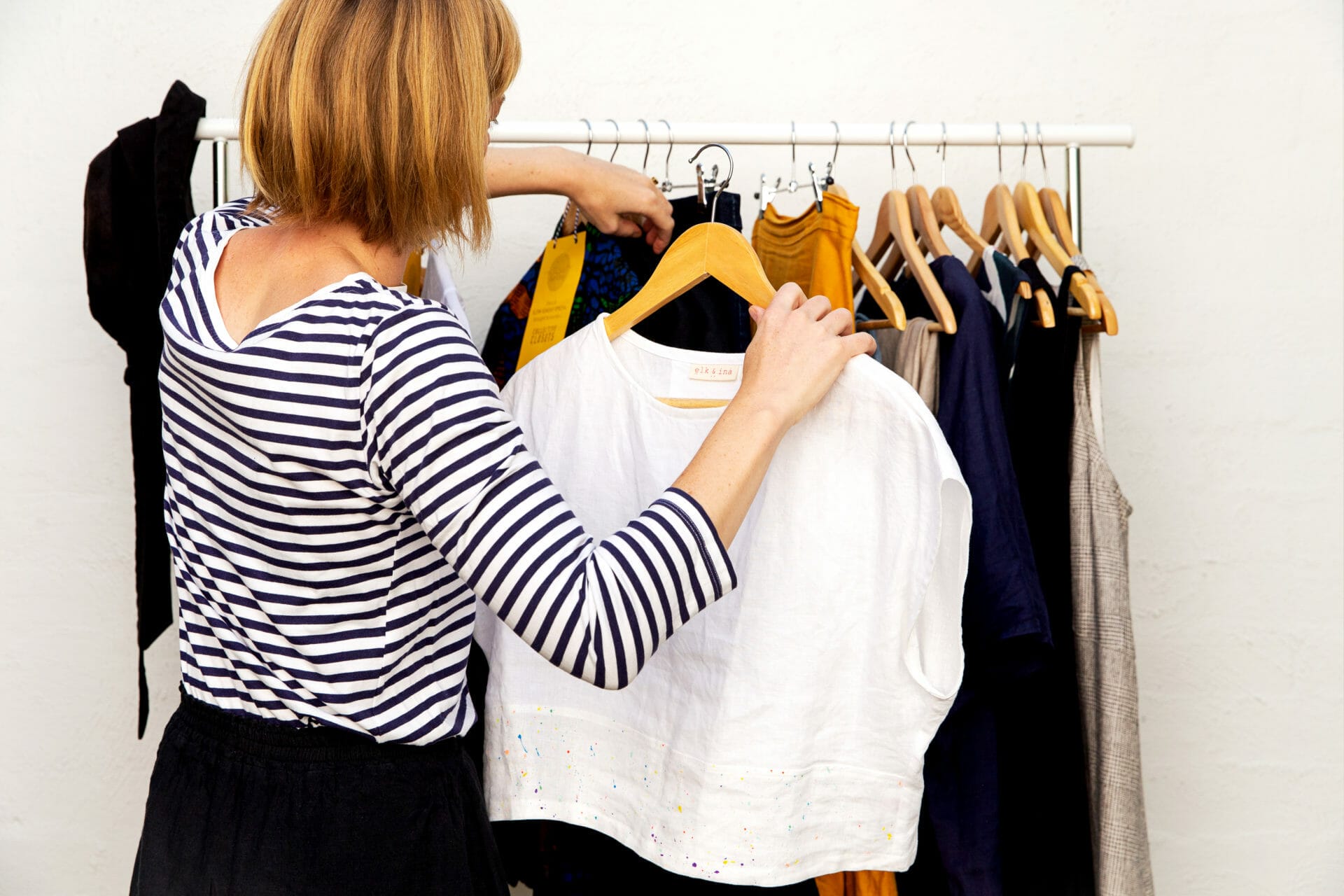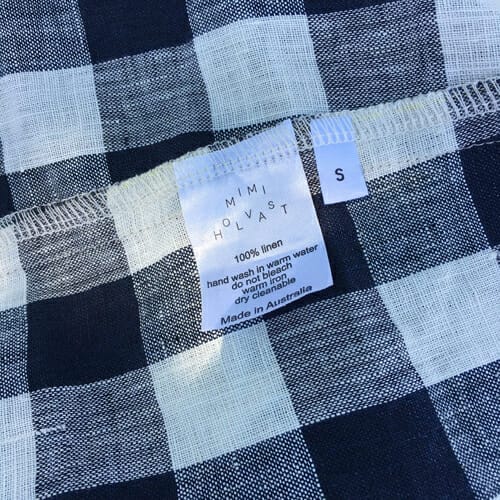You will see this quite a bit – so how do you do this.
We consume too much without a thought for where these items will eventually end up. We need to slow down and think about where that t-shirt, pair of jeans or shoes… will end up. We are at a point where it is not enough to simply donate it or sell it when you are done with it.
If you are the person initially purchasing the garment, you need to consider its life cycle:
Is the quality of the fabric, stitching, hardware enough that it will survive many wears and the washes that come with that?
Will it hold up to being repaired and when it finally reaches the end of life with you, will it have a life somewhere else?
Does the designer / brand have a return program?
Can the fabric be recycled or can the garment simply be popped in to the compost?
Sounds crazy but we need to take responsibility of our wardrobe at some point. So why not start now? The idea is to slow down so any new purchases should be highly considered, fit in with what you already have, align with your values and be in your wardrobe for the long haul.
Whatever you do, don’t go and buy a new wardrobe of ethical and sustainable clothes: appreciate what you have, wear it more, wear it differently and extend its life.


It isn’t enough just looking for quality in the products we buy, we must ensure that there is quality in the lives of the people who make them.
Orsola de Castro, Fashion Revolution
You will see “shop your values” quite a bit on Slow Wardrobe – so how do you do this?
The first step is to read about the values and identify which one or more are most important to you. When looking to purchase something, always take theses values in to consideration and even consider them when shopping secondhand.
As I mentioned above, it is best to start small with one value. Personally, I focus on locally made as I found this has been important to me for a long time. I have also found that many locally made brands follow a number of other values that align with me, in particular the idea of being transparent.
Secondhand is always a great idea if you have the time but if you find that a bit daunting maybe try a consignment store first. There are also great vintage and secondhand clothing sellers on social media and Etsy.
If you decide to kick off the process by cleaning out your wardrobe, try not to throw clothes away. Look at the alternatives and work out which items are best suited to each. Donate to op shops or organisations like Fitted for Work and Wear for Success, sell at consignment stores, swap them at a clothes swap, or even better – offer to a friend who you think would love them.
Need some more ideas to help you out and reduce temptation:
Unsubscribe to mailing lists, you do not need to know when that brand that no longer meets your values goes on sale.
Avoid impulse purchases, it is ok to walk away and think about it.
Try new things to mix it up – this could be a 10 x 10 challenge, a buy nothing for a month, a season, a year, whatever you can manage.
Do a wardrobe audit – get everything out (I mean everything) and go through it all. Try things on, work out if you will wear them again, do they need a repair or alteration to get back into rotation.
Remember to look after your clothes and treasure them. Think about doing a spot wash or hand wash, consider the detergent you are using, do you need a guppy bag to collect microfibres, line dry, store properly and repair.
Generally locally made gives better access to product knowledge, supporting your local community, and to be honest reducing your carbon footprint.


